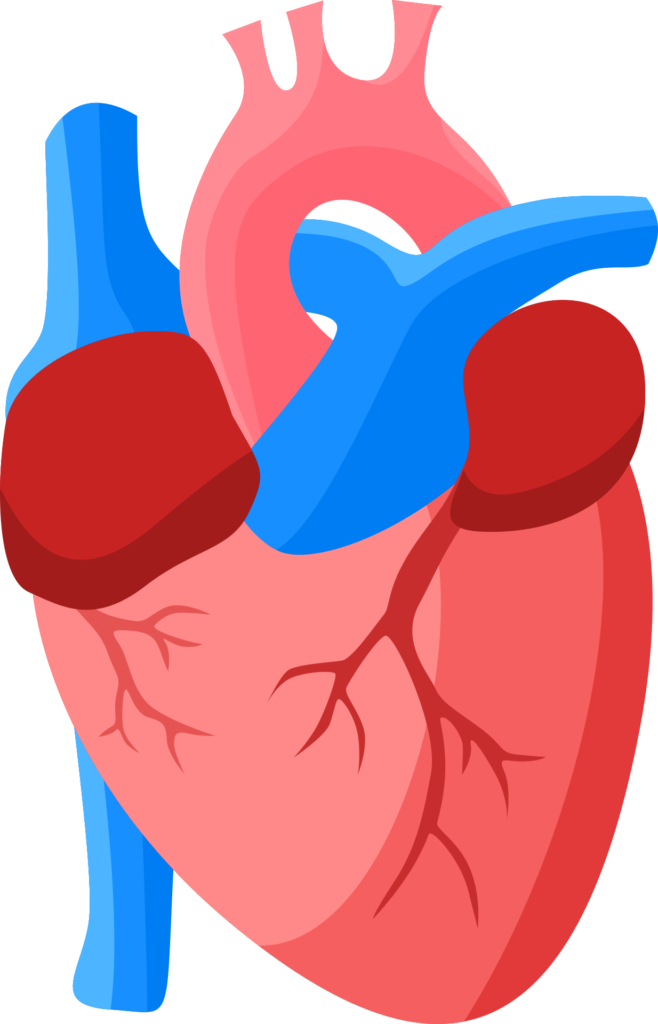
Heart disease is a leading cause of death worldwide, and millions of people suffer from it every year.
One of the most effective treatments for heart disease is angioplasty, a minimally invasive procedure that helps open blocked or narrowed blood vessels.
Angioplasty has become a widely used procedure, and it has helped save countless lives over the years.
What is Angioplasty?
Angioplasty is a medical procedure used to open blocked or narrowed blood vessels in the body.
It is commonly used to treat heart disease, which occurs when the arteries that supply blood to the heart become narrowed or blocked.
During angioplasty, a thin, flexible tube called a catheter is inserted into a blood vessel and guided to the blocked or narrowed area. Then, a small balloon at the end of the catheter is inflated, which pushes the blockage aside and opens up the vessel, allowing blood to flow freely.
Types of Angioplasty:
There are several types of angioplasty, including:
- Coronary Angioplasty: This is the most common type of angioplasty, and it is used to treat blockages in the arteries that supply blood to the heart.
- Carotid Angioplasty: This is used to treat blockages in the arteries that supply blood to the brain.
- Renal Artery Angioplasty: This is used to treat blockages in the arteries that supply blood to the kidneys.
- Peripheral Angioplasty: This is used to treat blockages in the arteries in the legs and arms.
Benefits of Angioplasty:
- Minimally Invasive: Angioplasty is a minimally invasive procedure, which means that it is less invasive than traditional surgery. This means that it is associated with fewer complications, less pain, and a shorter recovery time.
- Improved Blood Flow: Angioplasty helps to improve blood flow to the heart, brain, and other vital organs. This can help reduce the risk of heart attacks, strokes, and other serious complications.
- High Success Rate: Angioplasty has a very high success rate, and it is successful in opening up blocked or narrowed blood vessels in most cases.
Risks of Angioplasty:
- Bleeding: There is a risk of bleeding at the site where the catheter is inserted.
- Infection: There is a risk of infection at the site where the catheter is inserted.
- Blood Clots: There is a risk of blood clots forming at the site where the catheter is inserted.
- Artery Damage: In rare cases, the artery may be damaged during the procedure.
Recovery Process:
The recovery process after angioplasty is typically very quick. Most patients are able to go home the same day or the day after the procedure.
Patients are usually advised to rest for a few days after the procedure and to avoid strenuous activity for several weeks.
In some cases, patients may be prescribed medications to help prevent blood clots and to reduce the risk of complications.